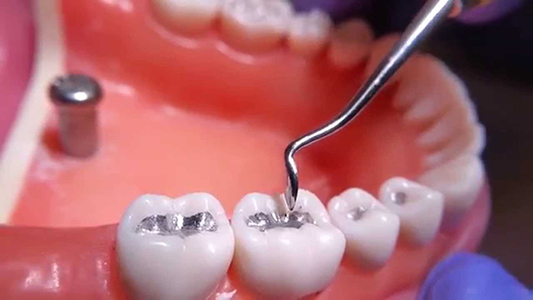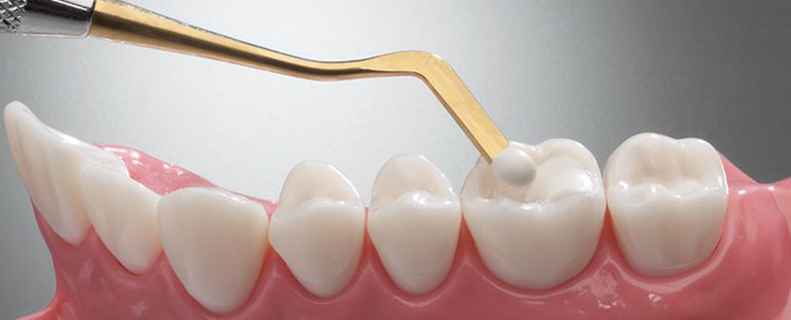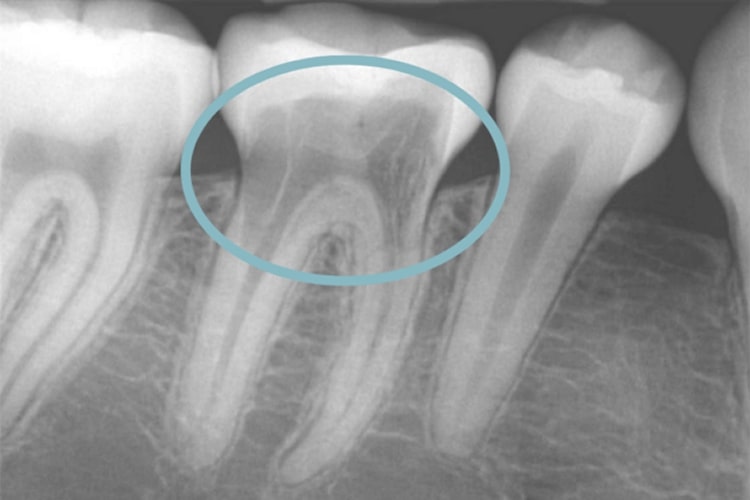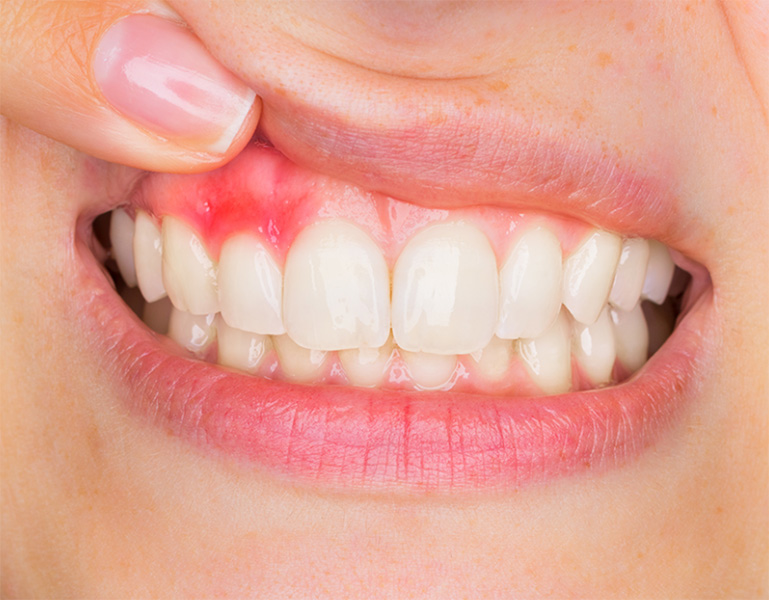St. Lawrence Dentistry believes it is important for our patients to be aware of the available choices of dental fillings and understand the pros and cons of each type of material. Dental amalgam used to be the mainstay filling material of choice. However, it’s used has greatly declined in North America.
Patients now have a number of choices when it comes to the materials to be used to fill a tooth cavity. Choices include natural tooth-colored resin-based composite filling material and the more traditional amalgam or ‘silver filling’.
The following compares the traditional dental amalgam filling and the new resin-based composite or white dental fillings in terms of benefits and disadvantages.
Dental amalgam is a mixture of silver, tin, copper and mercury. Fifty percent of the compound is mercury, the amount necessary to bind the metals together for a strong, durable and hard filling. Over the years, no other metal has been found to have the same exact binding property or capability that allows easy manipulation when filling a tooth cavity. The favorable properties of amalgam fillings are as follows:

- They are generally less expensive. Composite fillings require special manipulation skill and expertise and expensive material cost. Amalgam costs considerably lower than composite.
- Easy manipulation. Placing amalgam in the tooth cavity will not require special training or skills. Any General dentist can perform the job without difficulty.
- Tooth isolation is less important. A silver amalgam filling does not require a tooth to be isolated from saliva while the placement procedure is being preformed. Some patients may find it difficult to keep the tooth isolated while being filled as required by composite fillings. With amalgam filling, the patient has less discomfort in that sense.
- The amalgam filling by itself is a stronger material, although it weakens the tooth. Amalgam or silver fillings have been found to last longer than composite or other mercury-free fillings. However, this benefit non-existent if a white filling is placed using the highest standards of technique.
- The debatable downside of amalgam filling is its high mercury content aside from the other metals in its composition. Mercury is known to be a toxic material by itself. The National Dental association maintains these fillings are still safe to place. However, St. Lawrence Dentistry no longer places amalgam fillings. In the future there may be a metal filling. In some countries in Europe dental amalgam is no used in fillings on the teeth of children under 15 years of age, or on pregnant or breastfeeding women (except for in limited circumstances).



Please visit our article on safely removing metal fillings:
Safely Removing Amalgam Fillings
Resin-Based Composite Filling currently the prevailing type of filling class in Canada. Ceramic and plastic compounds are the main components of resin composite fillings. Having the property to mimic the appearance of natural teeth, composite fillings have been used in front teeth for many years. For the dentists of this generation, preference is towards the use of composite or white fillings for the following reasons:

- Composite fillings have the property to restore the original strength of the tooth unlike in amalgam which weakens the tooth over time.
- Composite fillings bond to the tooth and thus prevent the tooth from breaking. It is more cost-effective in the long run.
- Composite fillings have the property to mimic the appearance of natural tooth. Hence, if used to fill the cavity, it restores the natural look of the tooth.
- Teeth filled with composite fillings are less sensitive to hot and cold than teeth restored with amalgam.
- Composite fillings have no mercury content and therefore it is not toxic.
- Composite fillings require less removal of tooth structure, preserving good teeth. For new cavities, the size of the hole made for the filling can be significantly smaller with composite fillings.
The (relative) downside to composite fillings is they require more skill and time to do properly. St. Lawrence Dentistry will always make sure your white dental composite filling is placed with the highest standards.
If you would like to further investigate the different type of filling materials please call us
- Detecting Oral Cancer Early: The Importance of Regular Screenings - April 7, 2024
- The Ultimate Guide to Dental Hygiene: Tips for a Healthy Smile - March 31, 2024
- Unraveling the Mystery of Tooth Resorption with St. Lawrence Dentistry - March 28, 2024










